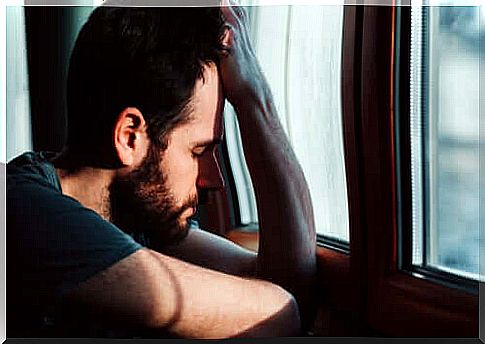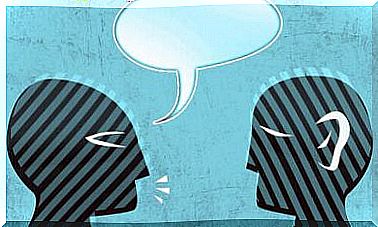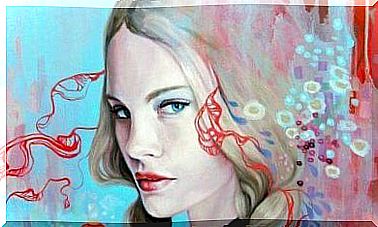First Panic Attack: What Happens Next

The first panic attack marks a before and after in any person’s life. These terrifying experiences that seem like a bolt from the blue are accompanied by a wide range of physical symptoms. Sufferers have the clear feeling that they are about to die, and that their heart may collapse at any moment.
Those who have never experienced a panic attack on their skin may have distorted ideas about this experience. As a result, he will tend to think that the aforementioned reality only affects people who are insecure and even fearful. Furthermore, it is often thought that attacks occur in very specific situations, in which the subject is overwhelmed by an uncontrollable fear, such as that of speaking in public, of getting on an elevator or on an airplane, and so on.
Panic attack or heart attack?
Panic attacks can occur at any time and without a specific cause. There are those who wake up in the middle of the night overwhelmed by an alarming feeling of panic, firmly believing that they are on the verge of having a myocardial infarction. There are also those who suffer from it for the first time while they are talking on the phone, having dinner with friends or while they are in the supermarket shopping.
There is another important aspect to keep in mind: Anyone can suffer from panic attacks. Because, believe it or not, these experiences make no distinction of personality, age or circumstances, the common denominator is anxiety. And a large part of the population suffers from anxiety, so it is recommended that you know what to do when you have a panic attack for the first time.

What happens after the first panic attack?
We all have several techniques and resources available for managing anxiety. However, there is one aspect we often forget: information. We confuse the symptoms and signs that anxiety leaves on our body and mind; we do not know the consequences or how it manifests itself when you reach the limit.
This means, for example, that many people do not know how to recognize a panic attack. In a certain sense, in our imagination, it only happens to others or it is an experience that we may have seen on television and that people resolve by breathing into a paper bag. It is necessary to have more data available, reliable information and some knowledge on psychological disorders to be able to intervene as soon as possible.
So let’s see everything that happens after the first panic attack.
We go to the emergency room and the diagnosis surprises us
When a person has a panic attack for the first time, the fear grows exponentially because they don’t understand what’s going on ; anxiety, therefore, is triggered by ignorance and uncertainty. Tachycardia, shortness of breath, nausea, muscle tension… it’s common to go to the emergency room thinking you are having a heart attack.
When doctors give the diagnosis, some are even more upset. Knowing that what has been lived has a psychological and not a physical origin, causes a certain disturbance / rejection. The experience is so physical that many people do not hesitate to ask for a second opinion, to undergo tests and checks. In general, it is not uncommon for the patient to be prescribed anxiolytics for a limited period of time, in addition to a rest period.

After the first panic attack, the vicious cycle of fear begins
Panic attacks are the product of a development, although at first they come on suddenly. They are the physical trigger of an adverse emotional state that is maintained over time. Thus, in general, those who suffer from these experiences accumulate an excess of anxiety over the months and even years.
After the first panic attack, secondary anxiety occurs. It is a state where we end up developing an intense fear of having a new attack; intense symptoms and loss of control terrify us. All of this leads us to self-feed fear, which triggers a vicious circle that further intensifies the situation.
Vulnerability and the long journey for help
Finally, after the first panic attack it is common to seek help. There comes a time when the person is aware of his vulnerability. Sooner or later he realizes that he is on the verge of losing control over his life. The anguish deriving from the fear of a new attack, in an unsuspected place and circumstances, pushes her to take a first step to intervene.
However, this is not always done the right way. There are those who dedicate themselves to yoga, those who think that relaxation and meditation techniques can help them limit these situations. However, it doesn’t always get results. And he does not get them because anxiety is a complicated and shy enemy, which spends a lot of time in the patient’s life. That is why there is a need for more specific, well-planned strategies that only a specialist can offer.
Psychological therapy is the only means that helps us to limit panic attacks and the emotional reality behind these manifestations. Little by little and with commitment on our part, we will regain control to make room for a more fulfilling and satisfying life.









